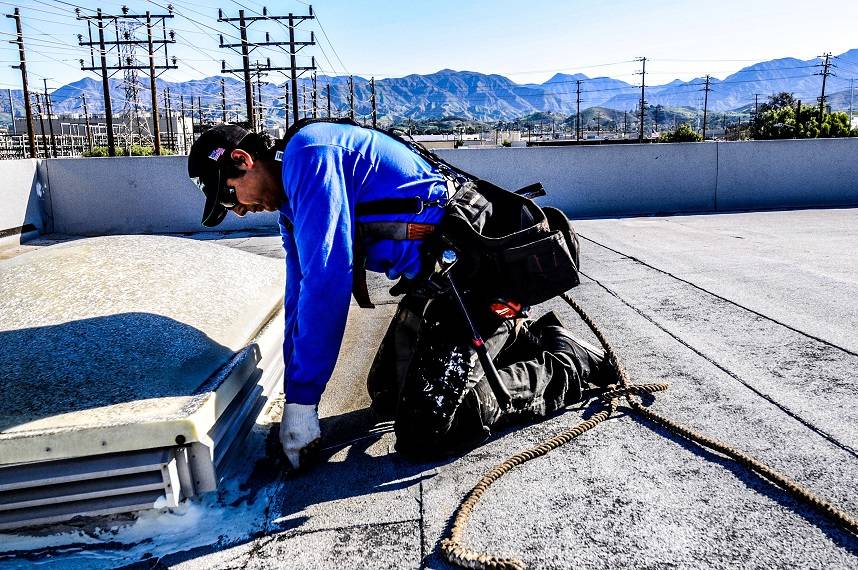As a person who has experienced the frustration of dealing with roof leaks firsthand, I know just how disruptive and costly they can be. One often underestimated culprit behind these persistent leaks is the skylight. These elegant architectural features, while adding natural light and a touch of elegance to our living and office spaces, can sometimes become a source of water intrusion woes. In this article, we’ll dive into the five reasons why skylights are a common source of roof leaks, shedding light on the potential pitfalls and offering insights into how to mitigate these issues effectively. So, if you’re a fellow property manager or simply someone intrigued by the intricacies of construction, join me on this journey to uncover why skylights can be both a blessing and a potential curse for your building’s roof.
#1 Skylight Installation Errors:
Skylights are often improperly installed, which can lead to leaks. If they are not sealed and bolted (flashed) correctly during installation, water can seep in around the edges or through gaps, causing leaks over time. Proper installation by a qualified professional is crucial to prevent this issue.
#2 Weather Exposure Causes Roof Leaks:
Skylights are exposed to the elements, and they are more vulnerable to heavy rain, snow, and ice accumulation. If they are not adequately sealed or have worn-out seals, water can penetrate the skylight’s seals, causing leaks during severe weather conditions.
#3 Age and Deterioration:
Over time, the materials used in skylights can deteriorate due to exposure to sunlight, temperature fluctuations, and moisture. The seals, flashings, and gaskets may become brittle or crack, making them less effective at keeping water out.
#4 Condensation:
Skylights are more prone to condensation than other parts of the roof or building. When warm, moist indoor air meets the cold surface of the skylight, it can lead to condensation, which can accumulate and eventually cause leaks if not managed properly.
#5 Debris Buildup:
Leaves, twigs, and other debris can accumulate on the skylight’s surface and in the surrounding gutters or drainage channels. If these obstructions are not cleared regularly, they can block water from draining away from the skylight, increasing the risk of roof leaks.
